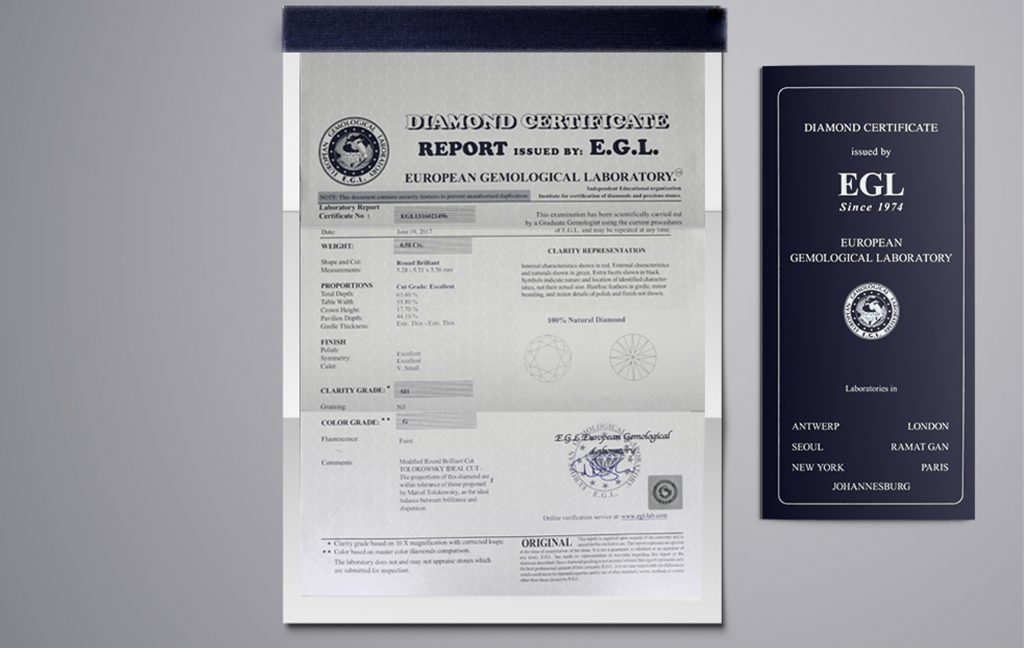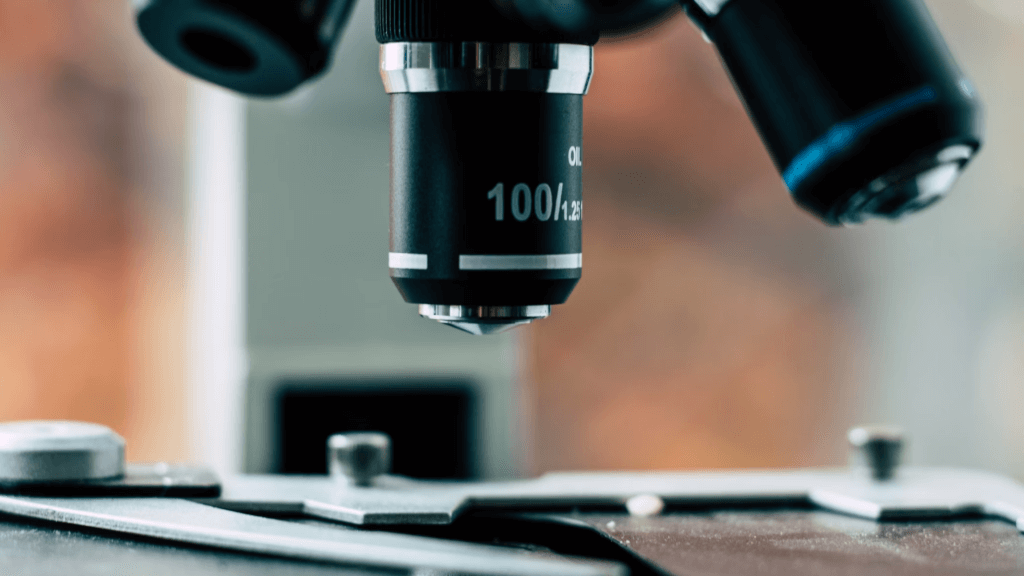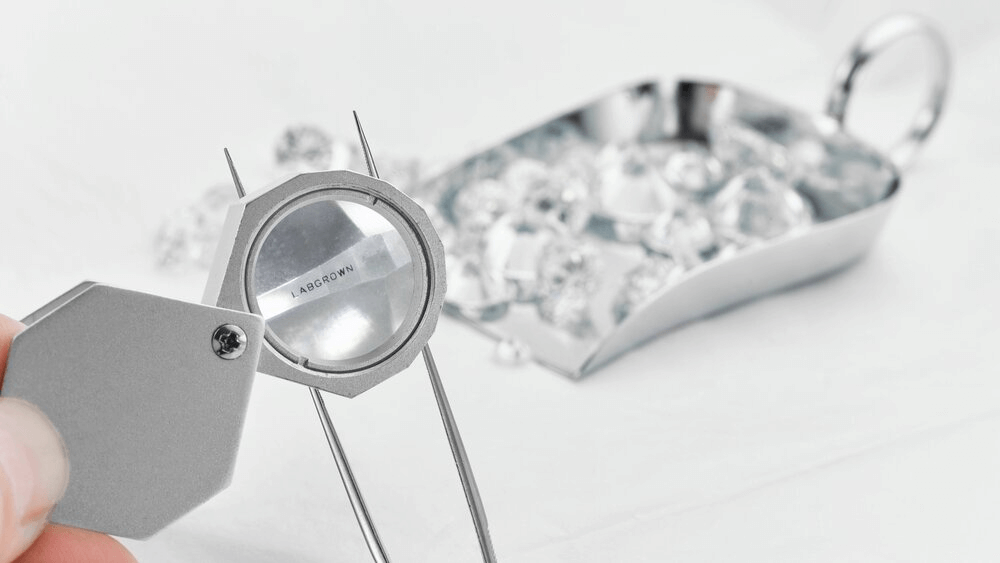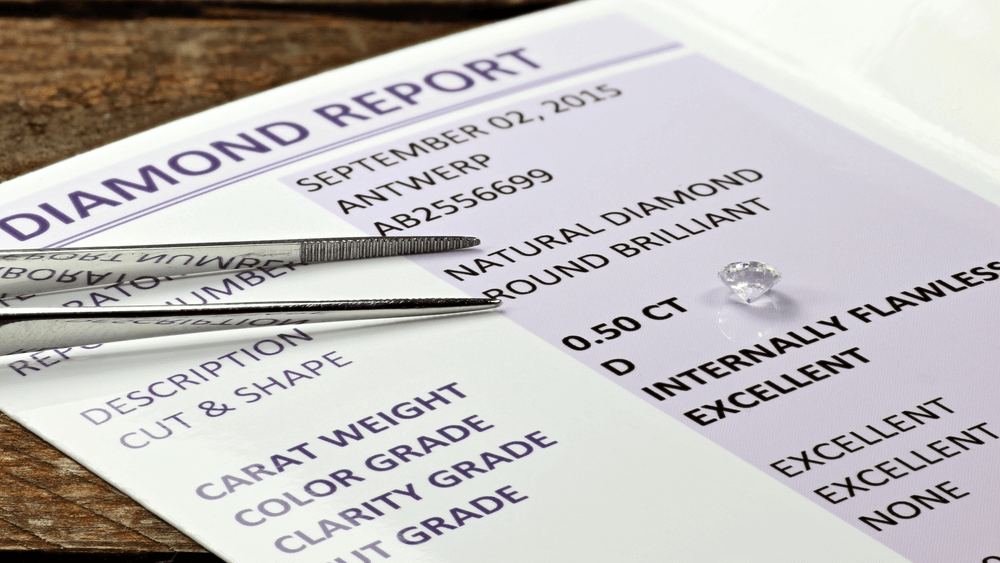The Shocking Facts Behind EGL Diamond Certificates

By Gary A.

Edited by Olivia H.
Published Jan 17, 2023
Edited on Mar 31, 2025
When it comes to understanding a diamond’s quality, EGL Diamond Certification offers an alternative to the widely recognized GIA, with some key differences worth exploring before making your purchase.

Navigate This Guide:
- 7 Quick Tips for Buying a Diamond Engagement Ring and Examining EGL Certifications
- Introduction to EGL Certification
- The Essence of EGL in Diamond Grading
- A Brief History of the EGL
- EGL Certification vs GIA Standards
- Decoding EGL Reports
- Analyzing EGL’s Certification Standards and Market Perception
- 10 FAQs
Before we dive deeper into the specifics, here are some practical tips to help guide your decision-making process:
7 Quick Tips for Buying a Diamond Engagement Ring and Examining EGL Certifications
When purchasing a diamond engagement ring, particularly with an EGL certification, it’s crucial to pay close attention to several factors. These tips can help ensure you make an informed and confident decision.
- Tip 1: Understand the EGL Grading Scale:
EGL grades diamonds on a scale that is often considered more lenient than other labs like GIA. Be aware that an EGL-certified diamond might appear to have a higher grade than it would receive from a more stringent lab. Compare the EGL grade with GIA standards to get a more accurate understanding of the diamond’s quality. - Tip 2: Examine the Clarity and Color Descriptions Carefully:
EGL is known for introducing the SI3 clarity grade, which is not recognized by GIA. This grade falls between the SI2 and I1 grades of other labs. When evaluating an EGL-certified diamond, pay special attention to its clarity and color descriptions, as these might differ from GIA’s grading. - Tip 3: Verify the EGL Report:
Always verify the authenticity of the EGL certification by checking the report number on the EGL website. This step ensures that the diamond’s certification is legitimate and has not been tampered with or misrepresented. - Tip 4: Scrutinize Inclusions and Blemishes on the Diamond:
EGL reports include a plotting diagram showing the position, size, and shape of each inclusion and blemish. Examine this diagram closely, as EGL’s grading might not be as strict, which could mean more inclusions than what might be expected at a certain clarity grade. - Tip 5: Compare Prices with GIA-Certified Diamonds:
Since EGL-certified diamonds often have inflated grades, they might be priced lower than GIA-certified diamonds of similar apparent quality. Compare prices with GIA-certified diamonds that have equivalent grades to ensure you’re getting a fair deal. - Tip 6: Pay Attention to the Cut Quality:
EGL’s cut grading might not be as rigorous as GIA’s. A diamond with an ‘Excellent’ or ‘Ideal’ cut grade from EGL might not perform as well in terms of brilliance and fire compared to one with the same grade from GIA. Carefully inspect the diamond’s cut quality, possibly under different lighting conditions. - Tip 7: Be Aware of the Resale Value:
EGL-certified diamonds might have a lower resale value compared to those certified by GIA, due to the perceived difference in grading standards. If future resale is a consideration, this could be an important factor in your purchasing decision.
Now that you’ve got these practical tips, use Jeweler AI below to find the perfect engagement ring that suits your style and budget:
Introduction to EGL Certification
While looking at your diamond in person is the best way to figure out whether or not it’s the right choice for your engagement ring, it’s obvious that the best way to really get to know the specifics of your diamond – and, in particular, its value – is to take a look at its report from EGL Diamond Certification or a GIA trusted certificate.
The GIA’s methods are the most widely used – and the ones we reference more than any other – but they’re definitely not the only organization offering an accepted method for grading diamonds.
The Essence of EGL in Diamond Grading
The EGL (or European Gemological Laboratory) is a diamond-grading lab that provides diamond certification for diamonds. An EGL diamond certification is a document that validates the diamonds authenticity and true value, although opting for EGL diamonds over GIA graded diamonds certainly offers its own advantages and disadvantages.
What is EGL Certification?
A diamond containing an EGL certification means that it has been measured and graded by an independent EGL laboratory. However, it has been criticized by many for its lower grading standards, leading to inconsistent ratings. This is why some diamond dealers will not stock diamonds with an EGL certification.
It is also worth noting that an EGL certification is less expensive than other certifications, making it an ideal choice for those on a strict budget – not to mention the fact that their labs are capable of completing diamond reports faster than some of the other more popular labs.
A Brief History of the EGL
The European Gemological Laboratory, EGL, was founded in 1974 in Europe with international locations found in Antwerp, London, Paris, Mumbai, Johannesburg, Hong Kong, Seoul, Tel Aviv, New York, Los Angeles, Vancouver, and Toronto.
EGL labs have over 1,000 scientists, diamond graders and diamond educators. They are most well known for their grading techniques with diamonds weighing less than one carat and establishing the controversial SI3 diamond clarity rating.
Unlike both GIA and AGS certifications, EGL is a for-profit organization, not a non-profit one. Therefore, its credentials are considered “looser” than the others – a little like the GSI’s grading system, which is favored by the larger chain jewelers across America.
The EGL certification will provide you with a full diamond certification/grading report for a diamond. It can also give you an origin report of the diamond if requested.
The certificate itself includes information on the Four C’s (carat, clarity, color and cut), as well as details of proportion and symmetry. EGL will also provide a laser inscription inside the diamond to link it to its certification report.
EGL Certification vs GIA Standards
There is a reason by the GIA has long since represented the most widely-used and accepted gemological institution for diamond grading – and why, at WillYou.com, all of our diamonds come with a complete GIA report: they are consistent.
As soon as an institution starts to seem a little contradictory or loose in its approach to diamonds, you know that it is not able to offer the same level of assurance to shoppers as other trusted organizations. This is the trouble with the EGL – and why it consistently falls below the GIA in terms of acceptance.
The value of any diamond report lies in its adherence to a high standard. Without that, shoppers just don’t know if they’re investing in an inferior diamond. Unfortunately, shoppers looking at EGL diamonds cannot put that same level of trust into the reports that they could otherwise put into the GIA’s reports.
By now, it’s pretty common knowledge that the GIA is the stricter body, and that, in general, a diamond graded by both bodies would receive a slightly higher grade from EGL than it would for the GIA.
This is, in all likelihood, why the EGL introduced the SI3 grade: it ensures that some of the diamonds considered severely Included by the GIA are still able to be considered Slightly Included, and given the higher value and prestige attached to diamonds that sit within the SI category.
Decoding EGL Reports

The EGL Diamond Quality Report provides a complete assessment of the stone’s 4 C’s: color, clarity, carat and cut. The report also dives deeper into the cut by analyzing information about the proportions and polish of the diamond.
Like the GIA, the EGL’s reports also feature a plotting diagram, which shows the position, size and shape of each inclusion and blemish.
Distinguishing EGL International from EGL USA
When considering buying EGL-certified diamonds, it’s essential to understand the key differences between EGL International and EGL USA. EGL International was established in 1973 and has 10 independently owned and operated testing facilities around the world. On the other hand, EGL USA was originally a franchise of EGL International but became its own separate entity in 1986 and has more uniform and strict grading standards. EGL USA diamonds are generally more stringent and comparable to EGL International diamonds which are one color and one clarity grade higher. To ensure you’re getting the best diamond, make sure to look for a report with the EGL USA logo.
EGL USA is also trying to stop the import of loose diamonds with EGL International reports. Diamond reports from European labs have a universal report that states the country of origin. Each European lab has its own numbering or lettering system, such as EGL Belgium – certificate code starts with A, EGL South Africa – starts with SA, EGL Turkey – starts with T, EGL India – starts with letters D – J and has a maximum of 9 digits, EGL Israel – usually starts with a number 2.
Analyzing EGL’s Certification Standards and Market Perception
Within the global diamond community, the EGL’s approach to diamond grading is not regarded as being anywhere near as consistent or reliable as the approach offered by the GIA, or the AGS.
They are also considered to be a little less exacting in their approach, as evidenced by the SI3 grade, which is given to diamonds that, to the GIA, would typically be regarded as I1 quality. In other words, the SI3 grade can be misleading to first-time shoppers – as can any diamond report that lacks the stringent standards held by the GIA.
You can browse our full range of GIA certified diamonds here.
10 FAQs
- Q: What Does EGL Stand For?
A: EGL stands for European Gemological Laboratory, a network of gemological labs that provide diamond and gemstone certification services. - Q: How Does EGL Certification Differ from GIA?
A: EGL is generally considered more lenient in its grading compared to GIA (Gemological Institute of America). Diamonds graded by EGL might have higher color and clarity ratings than if they were graded by GIA. - Q: Are EGL-Certified Diamonds Real?
A: Yes, EGL-certified diamonds are real. However, the grading standards may differ from other laboratories, affecting the assessment of quality. - Q: What Is the Controversial SI3 Grade in EGL Certifications?
A: The SI3 grade is unique to EGL and falls between the SI2 and I1 grades of other labs. It’s used to categorize diamonds that do not quite fit into the standard clarity grades. - Q: Can You Trust EGL Diamond Certifications?
A: While EGL certifications are legitimate, they are often considered less stringent than GIA. It’s important to understand this when evaluating the diamond’s quality. - Q: Why Are GIA-Certified Diamonds Often More Expensive Than EGL-Certified Ones?
A: GIA is known for its strict and consistent grading standards, making their certifications more reliable and sought after, often resulting in higher prices for GIA-certified diamonds. - Q: How Can You Check an EGL Certificate’s Authenticity?
A: You can verify an EGL certificate by checking the report number on the official EGL website or contacting the laboratory directly. - Q: Does EGL Certification Affect a Diamond’s Resale Value?
A: Yes, diamonds with EGL certification may have a lower resale value compared to those certified by GIA, due to differences in grading perceptions. - Q: Is It Worth Getting an EGL-Certified Diamond?
A: It can be worth it if you’re on a budget and understand the differences in grading standards. However, it’s crucial to compare and validate the diamond’s qualities independently. - Q: How Does the EGL SI3 Clarity Grade Impact Diamond Value?
An EGL SI3 grade might inflate the perceived value of a diamond, as it categorizes a stone into a higher clarity grade than it might receive from other labs like GIA.
Don’t let diamond certification confusion hold you back. Find the best engagement ring with Jeweler AI
FOLLOW-UP GUIDE SERIES







